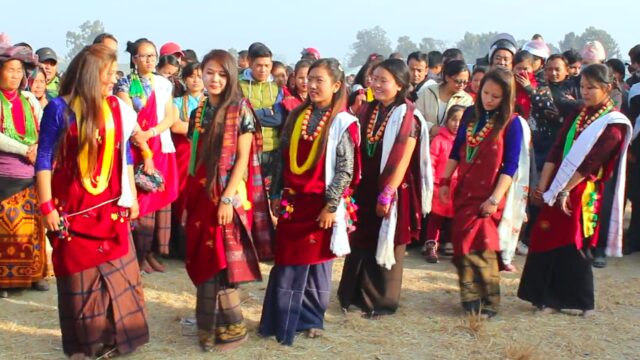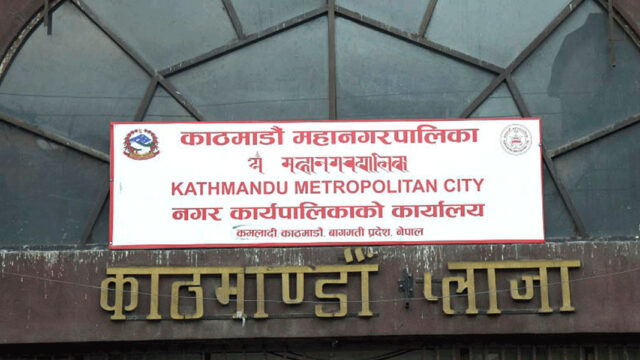Mata Tirtha Aausi (मातातीर्थ औंसी), a deeply revered Hindu festival in Nepal, stands as a profound testament to the love, respect, and spiritual significance associated with mothers. Celebrated on the new moon day (Aausi) of the Nepali month of Baisakh, this special occasion symbolizes a sacred day dedicated to honoring both living and departed mothers, weaving together elements of devotion, culture, and tradition.
The name “Mata Tirtha Aausi” itself holds deep meaning. “Mata” translates to “mother,” “Tirtha” to “sacred pilgrimage site,” and “Aausi” to “new moon day.” Together, the festival represents a day of spiritual pilgrimage in devotion to mothers, where gratitude is offered not only through prayers but also through heartfelt rituals performed across the country.
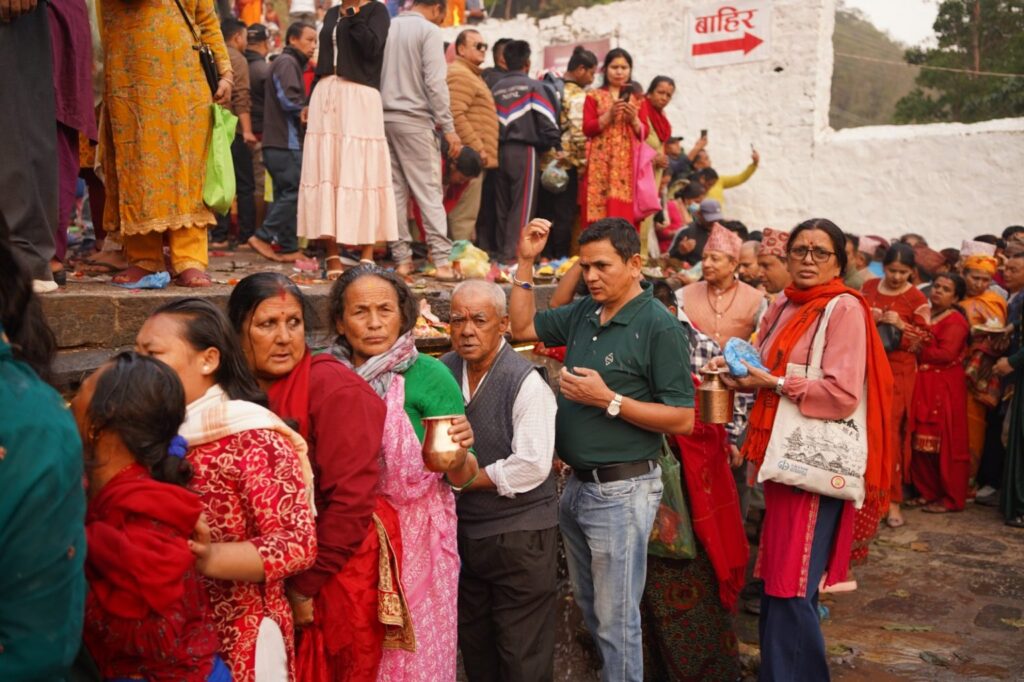
Spiritual and Cultural Significance
The festival’s importance is rooted in both its spiritual and cultural dimensions. Spiritually, Mata Tirtha Aausi highlights the unconditional love, sacrifices, and lasting bond shared between mothers and their children. It serves as a day of reflection, gratitude, and remembrance honoring the presence of living mothers and praying for the peace of those who have passed away.
Culturally, the festival reinforces Nepalese society’s deep-seated respect for mothers, viewing them as sacred figures who nurture life and community. In a culture where familial bonds are integral to societal structure, Mata Tirtha Aausi upholds the vital role of motherhood as a cornerstone of life’s journey, reminding everyone of the love and values imparted by their mothers.
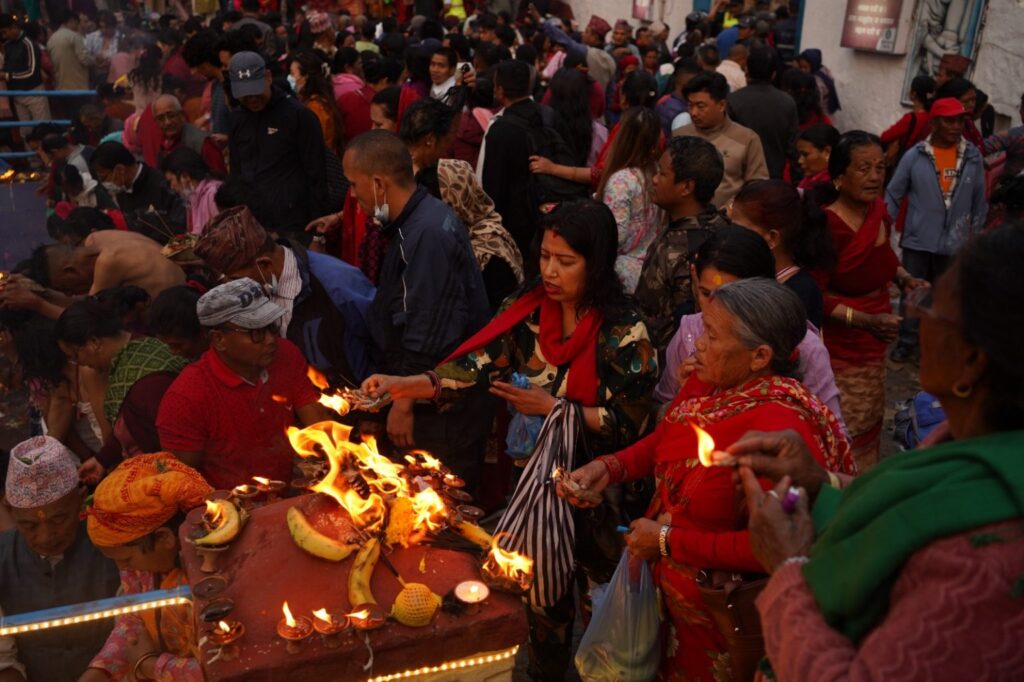
Rituals and Traditions
Mata Tirtha Aausi is marked by rich and meaningful rituals. One of the most significant traditions involves a pilgrimage to the Mata Tirtha Pond, located in the Chandragiri Municipality, southwest of Kathmandu. Devotees from across Nepal and even from abroad gather at this sacred pond to perform ritualistic baths, offer milk, water, and flowers, and conduct special religious ceremonies dedicated to their mothers.
It is widely believed that bathing and praying at Mata Tirtha on this day ensures eternal peace for one’s mother’s soul and brings divine blessings to the devotee. The serene atmosphere at the pond, filled with the chanting of prayers, the aroma of incense, and the vibrant offerings, transforms it into a powerful spiritual setting.
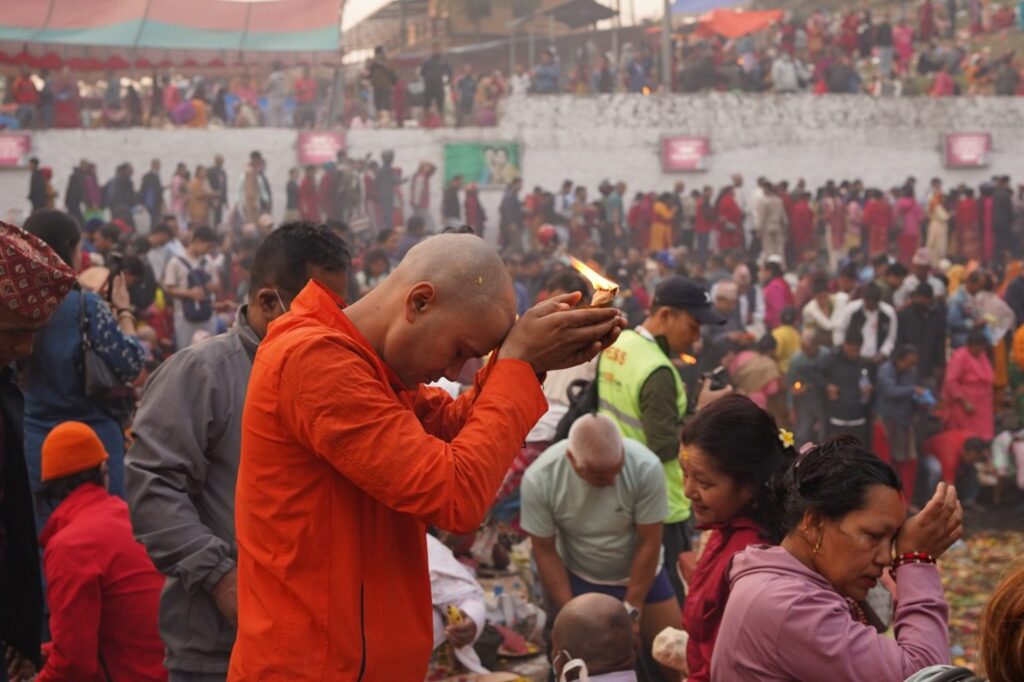
Beyond the pilgrimage, families celebrate Mata Tirtha Aausi at home by honoring their living mothers. Children present their mothers with sweets, new clothes, and thoughtful gifts, often accompanied by preparing special meals. Small yet meaningful rituals are carried out within homes to show appreciation and love. These gatherings foster stronger family bonds and create cherished memories that last a lifetime.
Mythological Origins
The origins of Mata Tirtha Aausi are steeped in a popular folklore that enhances its sacredness. According to legend, a cowherd once experienced a divine vision of his deceased mother in the waters of Mata Tirtha Pond while offering prayers. Touched by this miraculous encounter, it became widely believed that prayers and offerings at this sacred site, especially on this auspicious day, bridge the gap between the living and their departed mothers.
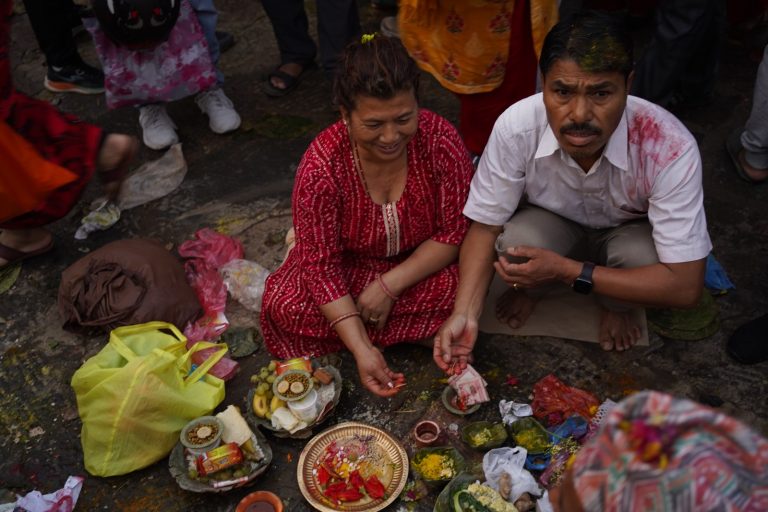
This belief continues to inspire thousands to visit the pond every year, driven by the hope of connecting spiritually with their mothers, seeking forgiveness, peace, and blessings.
Modern Relevance and Impact
While deeply rooted in ancient tradition, the significance of Mata Tirtha Aausi extends into modern times. The festival plays a vital role in preserving family values, emphasizing gratitude, and fostering the cultural fabric of Nepalese society. In a rapidly modernizing world, such festivals serve as gentle reminders of the timeless bonds that form the essence of human life.
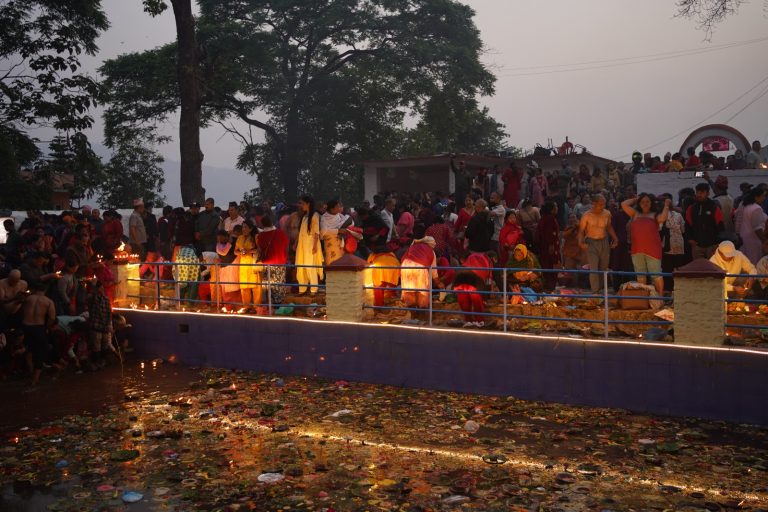
Moreover, Mata Tirtha Aausi has increasingly contributed to religious tourism in Nepal. The sacred rituals and the emotional depth of the festival attract not only Nepali devotees but also anthropologists, cultural researchers, and spiritual seekers from around the globe. Visitors are drawn to witness the profound expressions of devotion and to experience the living cultural traditions of Nepal firsthand.
The local economy also sees a positive impact as pilgrims and tourists visiting the Mata Tirtha Pond contribute to the hospitality sector, promoting community-based tourism and supporting local businesses.
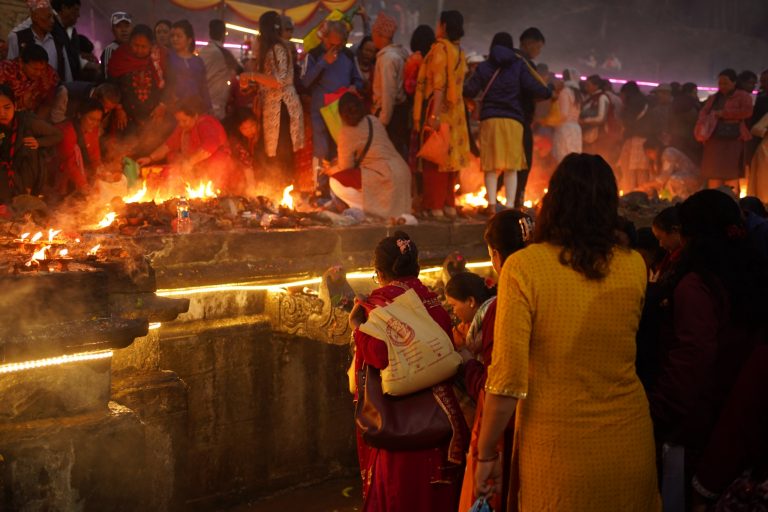
Mata Tirtha Aausi is far more than a festival; it is a celebration of unconditional love, an affirmation of cultural identity, and a bridge between the past and present. In honoring mothers, both living and departed, Nepal continues to showcase its rich spiritual heritage and the deep emotional connections that bind its people.
As Nepalese across the country come together to celebrate Mata Tirtha Aausi each year, they reinforce not just personal and familial bonds, but also the collective spirit of gratitude and reverence that defines Nepal’s vibrant cultural soul.





